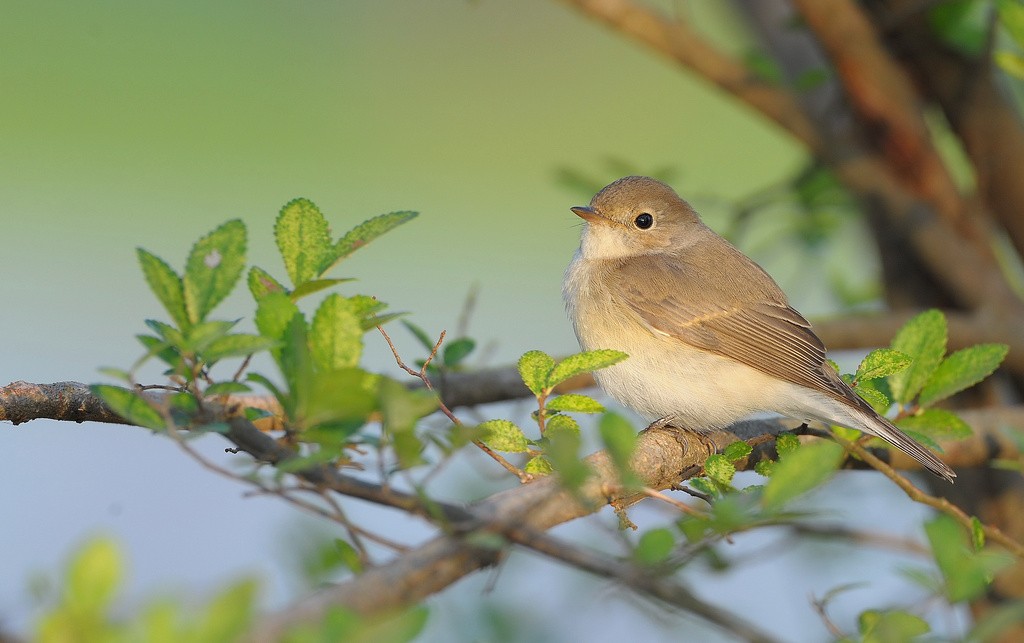Taiga Flycatcher
A species of Ficedula Flycatchers Scientific name : Ficedula albicilla Genus : Ficedula Flycatchers
Taiga Flycatcher, A species of Ficedula Flycatchers
Botanical name: Ficedula albicilla
Genus: Ficedula Flycatchers
Content
Description General Info
 Photo By Robert tdc , used under CC-BY-SA-2.0 /Cropped and compressed from original
Photo By Robert tdc , used under CC-BY-SA-2.0 /Cropped and compressed from original Description
The taiga flycatcher or red-throated flycatcher (Ficedula albicilla) is a migratory bird in the family Muscicapidae. The species was first described by Peter Simon Pallas in 1811. The female has brown upper parts with a blackish tail flanked by white. The breast is buffish with underparts mostly white. The male has ear coverts and sides of the neck blue-tinged grey with breeding males having orange-red coloration on the throats. Unlike the taiga flycatcher, the female of the similar red-breasted flycatcher has brown tail while the red colour in breeding males extend up to the breast in red-breasted flycatcher. It breeds in northern Eurasia from eastern Russia to Siberia and Mongolia. It is a winter visitor to South and South-east Asia in Bangladesh, Bhutan, India, Cambodia, Laos, Myanmar, Nepal, Malaysia, Thailand, China, Vietnam, and Japan. Its natural habitat is taiga forest. It is a rare vagrant to western Europe. It was formerly considered a subspecies of the red-breasted flycatcher. The genus name is from Latin and refers to a small fig-eating bird (ficus, fig) supposed to change into the blackcap in winter. The specific name albicilla is from Latin albus, white, and New Latin cilla tail; this meaning of cilla arose from a misunderstanding of motacilla, the name for the wagtail. 
Size
11 cm
Colors
Brown
Bronze
Gray
White
Blue
Orange
Nest Placement
Cavity
Feeding Habits
Taiga Flycatcher primarily feeds on flying insects and caterpillars, caught in mid-air with adept aerial hunting skills. It also supplements its diet with berries, illustrating a diverse feeding strategy that adapts across seasons.
Habitat
Taiga Flycatcher predominantly inhabits dense forests, including mixed deciduous and coniferous regions, such as those dominated by spruce trees, with an affinity for substantial undergrowth and tall trees. These birds select habitats with clearings and glades and show a preference for areas proximate to bodies of water. During winter, taiga Flycatcher can be found in various wooded environments, ranging from forests and woodlands to plantations and gardens. On their migratory passage, taiga Flycatcher also occupies scrublands, adapting to less forested and drier regions.
Dite type
Insectivorous
General Info
Feeding Habits
Bird food type
Bird Feeder Type

Platform
Species Status
Not globally threatened.
Scientific Classification
Phylum
Chordates Class
Birds Order
Perching birds Family
Old world flycatchers Genus
Ficedula Flycatchers Species
Taiga Flycatcher